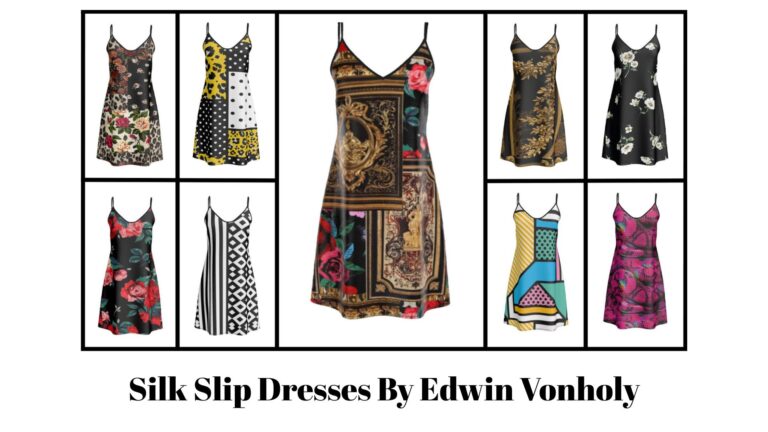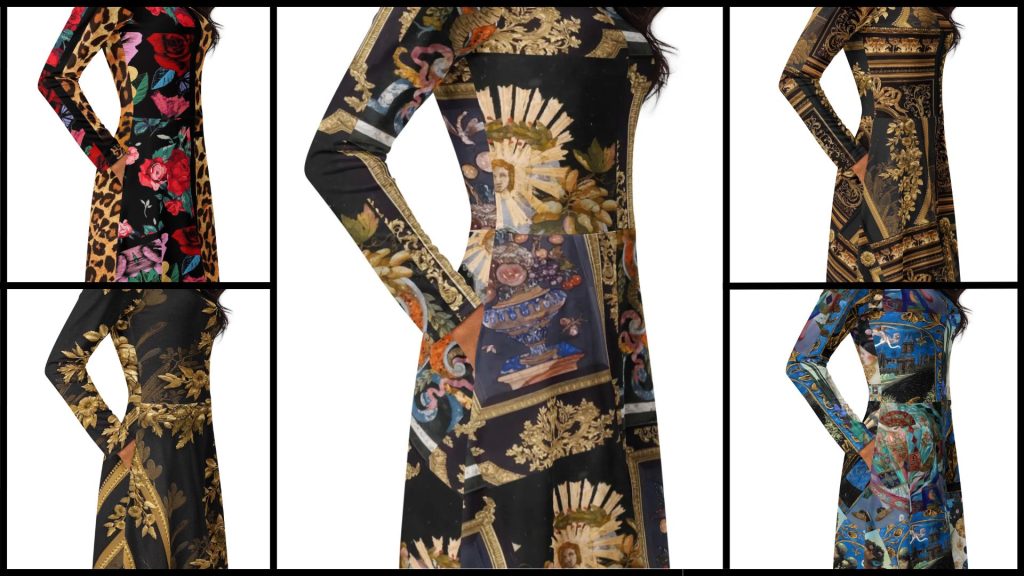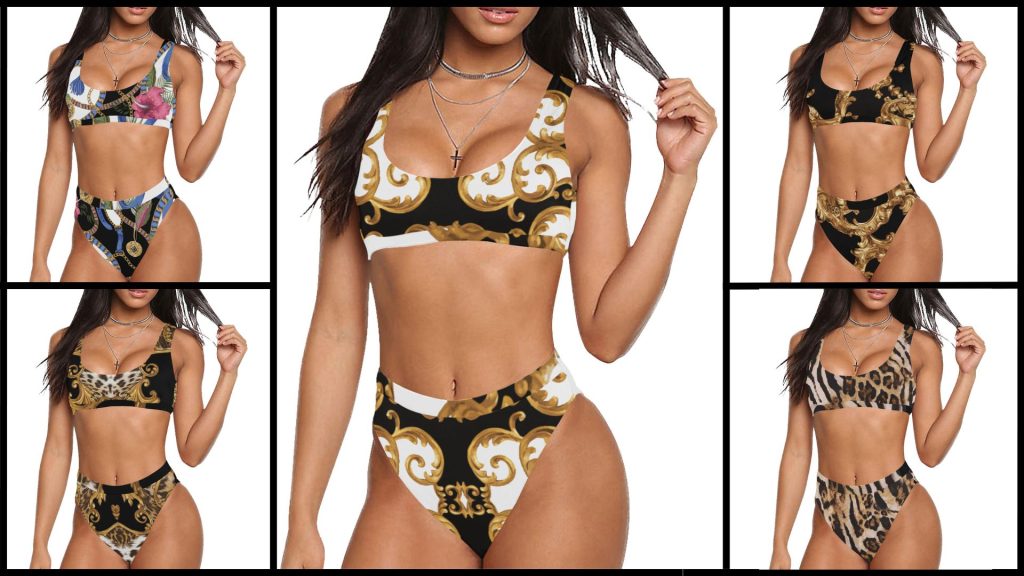The Meaning Behind the Colors and Symbols of Hanbok
The Hanbok, Korea’s traditional garment, is more than just a beautiful outfit—it is steeped in cultural symbolism and meaning. Every element of the Hanbok, from its design to its colors and decorative motifs, holds a deep significance, often related to the values, beliefs, and aspirations of Korean society. In this article, we will explore the meaning behind the colors and symbols of Hanbok, offering a deeper understanding of this cherished cultural attire.
1. The Significance of Hanbok Colors
In Korean culture, colors have always played an important role in shaping societal norms and values. Each color in the Hanbok carries specific meanings, often rooted in the principles of Confucianism and traditional Korean beliefs. Let’s look at the symbolic meanings of the most commonly used colors in the Hanbok.
Red (홍색 – Hongsaek)
Red is one of the most significant colors in Hanbok design. It represents good fortune, vitality, and happiness. In particular, red is often chosen for celebrations such as weddings and festive holidays like Seollal (Lunar New Year) or Chuseok (Korean harvest festival). In wedding attire, the red color is believed to ward off evil spirits and ensure a prosperous and joyful life for the newlyweds.
Blue (청색 – Cheongsaek)
Blue is associated with calmness, serenity, and harmony. It is often used to balance the vibrant red in a Hanbok and to symbolize peace and tranquility. The color blue also represents the East, a cardinal direction that signifies renewal and hope. In modern times, blue Hanboks are popular for formal occasions, as they symbolize dignity and wisdom.
Yellow (노란색 – Noransaek)
Yellow symbolizes wealth, prosperity, and brightness. It is closely tied to the earth element in Korean cosmology, representing a solid and stable foundation. Yellow is often used in Hanbok for Seollal and Chuseok celebrations, symbolizing good fortune and abundance. For royal attire, yellow was historically reserved for kings and queens, emphasizing its importance in Korean culture.
White (흰색 – Hinsaek)
White holds a special place in Korean culture, symbolizing purity, innocence, and modesty. Historically, white was the most common color for everyday clothing due to its simplicity and the ease of dyeing fabric. White Hanboks are often worn during ceremonies like funerals and rites of passage, where the emphasis is on purity and respect.
Pink (분홍색 – Bunhongsaek)
Pink is a softer shade of red, often associated with youth, vibrancy, and joy. Pink Hanboks are commonly worn by younger women, especially for birthdays or other celebratory events. It signifies vitality and beauty, often chosen for its cheerful and lighthearted connotations.
Green (녹색 – Noksaek)
Green represents growth, fertility, and renewal. In Hanbok design, it is often used for younger women or children, especially during the early stages of life. Green is also symbolic of balance and is often paired with red or blue to create harmony and equilibrium within the outfit.
2. The Meaning of Symbols and Motifs in Hanbok
In addition to color, Hanbok is rich in symbolism through the use of specific motifs and patterns. These symbols are not only decorative but also carry meaningful messages related to wishes for prosperity, good health, and protection.
Bamboo (대나무 – Daenamu)
Bamboo is a common motif in Hanbok design and represents strength, resilience, and integrity. As a plant that grows tall and straight despite harsh conditions, bamboo symbolizes the ability to overcome difficulties. This motif is often used in Hanbok for formal ceremonies and represents a virtuous life.
Peony (모란 – Moran)
The peony is often depicted on Hanbok and symbolizes wealth, prosperity, and nobility. Known as the “king of flowers,” the peony is a symbol of success and a prosperous future. It is frequently used in wedding attire, where it wishes the couple a life filled with abundance and happiness.
Phoenix (봉황 – Bonghwang)
The phoenix is a mythical bird associated with the empress and symbolizes feminine virtue, immortality, and rebirth. When used in Hanbok, the phoenix is often a symbol of grace, beauty, and power. It appears on ceremonial Hanbok for royal and noble women, and it is also associated with the marriage of the emperor and empress.
Crane (학 – Hak)
The crane is another symbol of longevity and peace in Hanbok design. It is believed that cranes live for a thousand years, and as such, they represent long life, eternal love, and good fortune. The crane is often used in wedding attire or birthday garments as a symbol of well-wishing for a long and prosperous life together.
Lotus (연꽃 – Yeonkkot)
The lotus is a symbol of purity and enlightenment, growing beautifully in muddy waters. It represents overcoming hardships and achieving a state of inner peace. In Hanbok design, the lotus is often seen on wedding gowns or clothing for special ceremonies, symbolizing the bride’s purity and new beginnings.
Clouds (구름 – Gureum)
Clouds in Hanbok design are symbolic of heavenly blessings. They often appear on garments worn for weddings or other important occasions, signifying divine favor, protection, and a bright future ahead.
3. Traditional vs. Modern Symbolism in Hanbok
While the Hanbok has evolved over time, its symbolic meanings have largely remained intact. Traditional motifs like bamboo, phoenix, and peony still hold significant meaning in modern Hanbok designs, especially for weddings or formal ceremonies. However, contemporary Hanbok designers often incorporate new interpretations of these symbols, blending traditional symbolism with modern aesthetics. For instance, abstract or minimalist versions of traditional motifs may be used to create a more modern, wearable Hanbok for daily wear or casual celebrations.
4. Conclusion: The Cultural Significance of Hanbok Colors and Symbols
The Hanbok is not just a garment but a cultural treasure with deep symbolic meaning. Whether it’s the vibrant red for happiness, the calming blue for peace, or the intricate motifs of bamboo, phoenix, and cranes, each element of the Hanbok tells a story. Wearing a Hanbok allows individuals to connect with Korea’s rich history and express important cultural values, such as hope for prosperity, long life, and the purity of heart. Understanding the meaning behind the colors and symbols of the Hanbok not only enhances your appreciation of this traditional attire but also helps you embrace its timeless beauty and significance.





